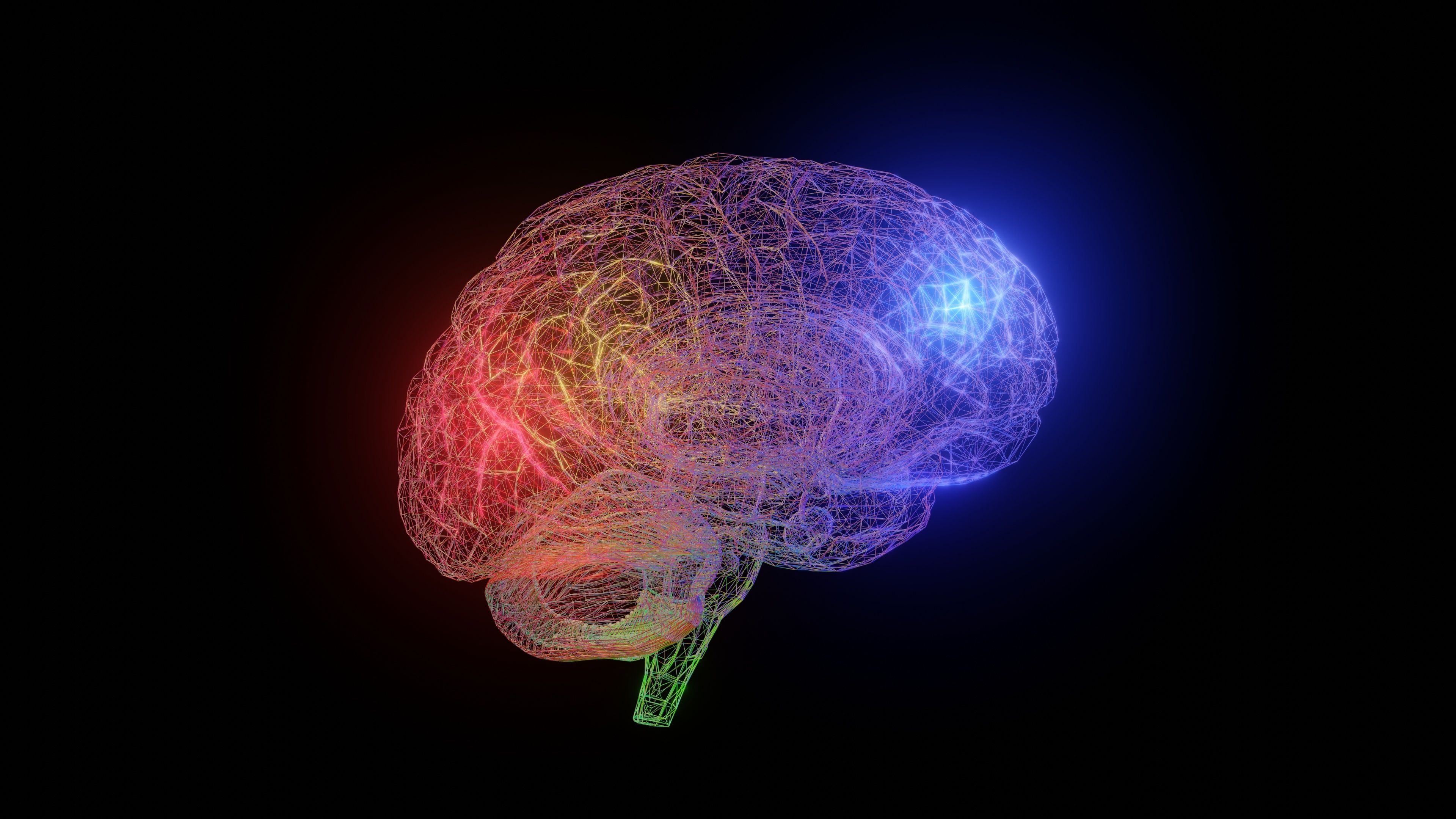Noninvasive Brain Stimulation Techniques for Catatonia
A recent study finds noninvasive brain stimulation techniques such as ECT, rTMS, and tDCS may be helpful for patients with catatonia.
vrx123/Adobestock

RESEARCH REVIEW
A recent study assessed the role of 3 common noninvasive brain stimulation (NIBS) techniques—electroconvulsive therapy (ECT), repetitive transcranial magnetic stimulation (rTMS), and transcranial direct current stimulation (tDCS)—in catatonia treatment.1
This is the first systematic review of NIBS techniques for catatonia treatment; the study included 13 systematic reviews and 1 meta-analysis on ECT, 2 systematic reviews and 12 case reports on rTMS, and 7 studies and 14 cases on tDCS. Studies included patients diagnosed with catatonia; age and diagnostic specifics were not considered. Studies included treatment with ECT, rTMS, tDCS, alone or in combination with pharmacotherapy or other treatments; frequency and duration of treatment were not restricted.
Primary study outcome measures for ECT were response rate of catatonia symptoms using the Bush-Francis Catatonia Rating Scale (BFCRS), Kanner Catatonia Rating Scale (KCRS), Clinical Global Impression scale (CGI), Modified Rogers Scale (MRS), or Brief Psychiatric Rating Scale (BPRS), or clinical judgment of catatonia symptom improvement, while secondary study outcome measures were adverse events. Primary study outcome measures for rTMS and tDCS included severity of catatonia measured by clinical judgment or BFCRS, KCRS, CGI, MRS, or BPRS. Secondary outcome measures were catatonia symptom reduction and adverse events. Published systematic reviews or meta-analyses were considered; reviews involving the exploration of the treatment response to ECT in patients with catatonia were included for ECT. Published case reports, case series, cohort studies, cross-sectional studies, case-control studies, randomized clinical studies, systematic reviews, or meta-analyses were included for rTMS and tDCS.
Studies were excluded if treatment parameters were not described for rTMS and tDCS. Review comments, overviews of systematic reviews, editorials, and guidelines were excluded for ECT.
In the present review, Xiao and colleagues’ concluded that ECT is effective in children, adolescents, and adults with different types of catatonia and should be considered as first-line treatment. They further found excitatory stimulation targeting the dorsolateral prefrontal cortex (dlPFC) was the most common rTMS protocol for catatonia treatment with improvement of catatonia symptoms. For patients with schizophrenia, Xiao et al noted early intervention with NIBS techniques may help to improve catatonia symptoms, and 20-minute sessions of 2-mA tDCS with the anode positioned over the left dlPFC were common tDCS protocols. rTMS or tDCS may be considered to maintain symptom improvement in patients with schizophrenia.
The study authors noted that most studies reviewed were observational and case reports. In addition, the paucity of publications limited a comparison of the effectiveness of the 3 techniques for different types of catatonia.
“Future high-quality [randomized controlled trials] are crucial to validate the efficacy of NIBS techniques and to confirm further optimal NIBS protocols for treating different subtypes of catatonia. NIBS techniques represent promising therapies for catatonia,” Xiao et al concluded.
Catatonia is a syndrome that cooccurs in patients with psychiatric disorders, including autism, bipolar disorder, major depressive disorder, and schizophrenia, as well as medical conditions.2,3 Studies have reported prevalence rates of catatonia around 10% in acute psychiatric inpatients with differences in ranges based on comorbid conditions: 4%-67% for schizophrenia, 14%-71% for mood disorders, and 4%-46% for medical conditions.3
Per the DSM-5, diagnostic criteria for catatonia requires 3 or more of the following symptoms: stupor, waxy flexibility, catalepsy, mutism, posturing, negativism, stereotypes, mannerisms, grimacing, agitation, echopraxia, and echolalia.Different presentations and symptoms of catatonia pose a challenge for timely identification and management.2
Although the etiology and pathophysiology of catatonia are not well known, studies have focused on brain circuit dysfunction.1,2 Treatments that modulate neurological dysfunction, such as NIBS techniques, may be effective treatment options for catatonia.
References
1.Xiao H, Meng Y, Liu S, et al. Non-invasive brain stimulation for treating catatonia: a systematic review.Front Psychiatry. 2023;14:1135583.
2. Edinoff AN, Kaufman SE, Hollier JW, et al. Catatonia: Clinical Overview of the Diagnosis, Treatment, and Clinical Challenges.Neurol Int. 2021;13(4):570-586.
3.Solmi M, Pigato GG, Roiter B, et al. Prevalence of Catatonia and Its Moderators in Clinical Samples: Results from a Meta-analysis and Meta-regression Analysis.Schizophr Bull. 2018;44(5):1133-1150.
